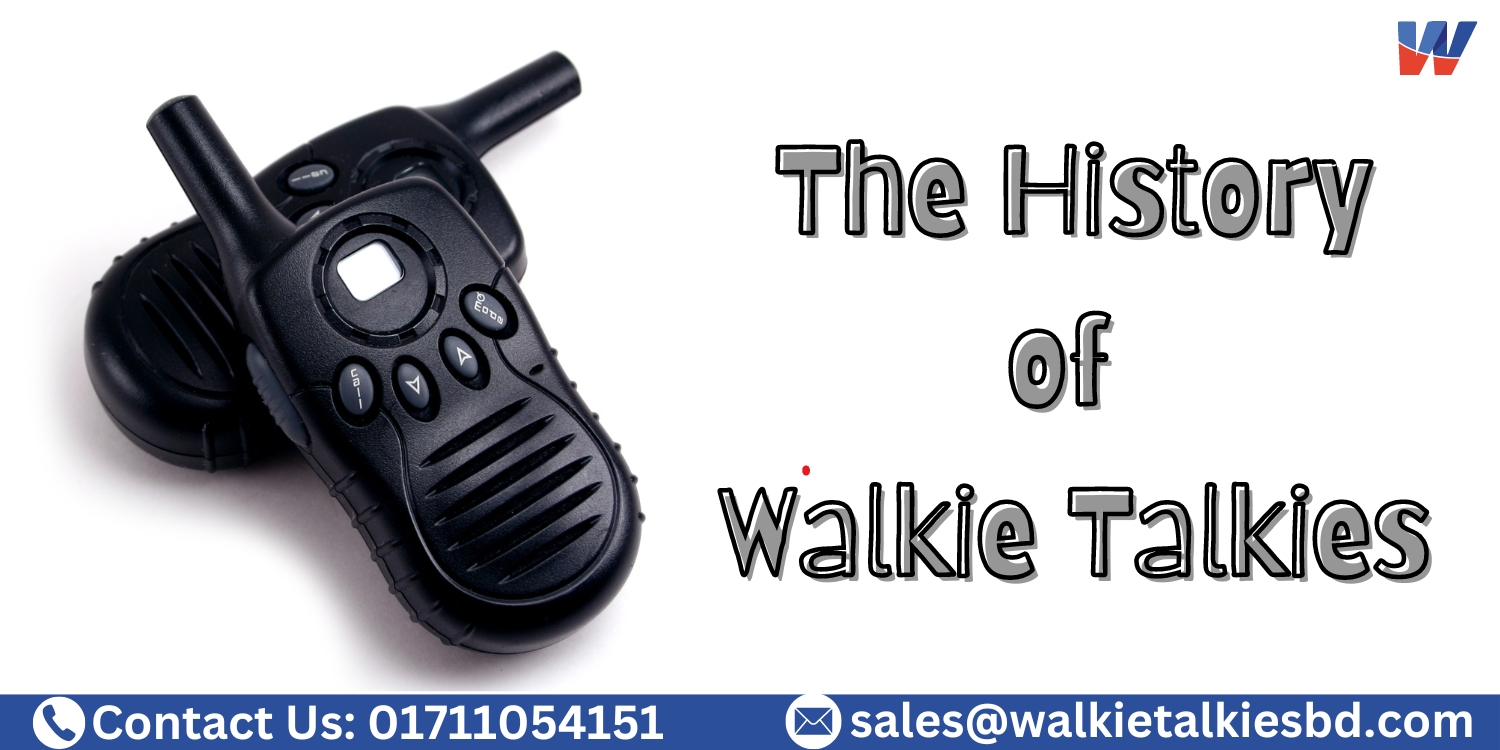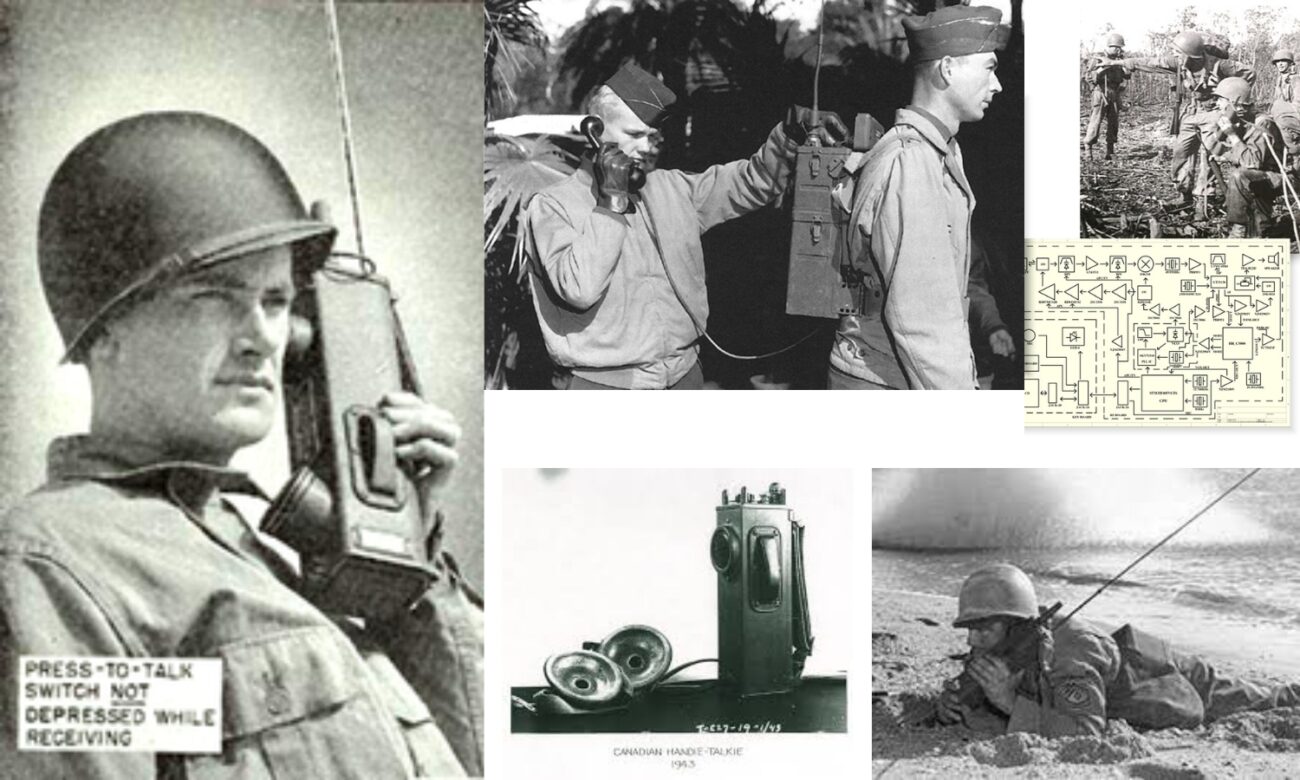The History of Walkie-Talkies

Walkie-Talkie: From Inception to Modern Times
The military developed portable two-way radios by adapting backpack radios that infantry squad members used to communicate with their commanders. In 1937, Canadian inventor Donald Hings created the first portable radio signaling system for his business, CM&S. The equipment he referred to as a “packet” later evolved into a “walkie-talkie.” Hings received the Order of Canada in 2001 to recognize the device’s contribution to the war effort. Hings’ type C-58 “Handie-Talkie” entered military service in 1942 following a secret R&D effort that began in 1940.
Some think Alfred J. Gross, a radio engineer who worked on early technologies from 1938 to 1941 and invented the walkie-talkie, invented the Joan-Eleanor system.

During WWII, the US military developed the portable Motorola SCR-300, the first device generally called a “walkie-talkie.” It was invented in 1940 by a technical team of the Galvin Manufacturing Company, which predated Motorola. The team consisted of Henryk Magnuski, the principal RF engineer, Marion Bond, Lloyd Morris, Bill Vogel, and Dan Noble, who developed the concept using frequency modulation.
In 1941, Motorola’s AM SCR-536 transceiver, the Handie-Talkie (HT), became the first portable walkie-talkie.[9] Although the phrases are sometimes used interchangeably, the original walkie-talkie was a model mounted on the back, and the handie-talkie was a device completely held in the hand. Both devices were powered by high-voltage dry cell batteries and used vacuum tubes.
Raytheon built the AN/PRC-6, the military version of the SCR-536, following World War II. The AN/PRC-6 circuit employed thirteen vacuum tubes (receiver and transmitter), with a second set of thirteen tubes serving as running spares. One crystal was provided with the unit when it was manufactured; however, changing the frequency in the field was feasible by switching out the crystal and retuning the gadget. A 24-inch whip antenna was used. A 5-foot cable might connect an additional phone to the AN/PRC-6. The strap was adjustable for carrying and support during operation.
The US Marine Corps began working on a squad radio in the middle of the 1970s to replace the inadequate helmet-mounted AN/PRR-9 receiver and the portable AN/PRT-4 receiver/transmitter, both created by the US Army. First manufactured by Magnavox in 1976, the AN/PRC-68 was deployed to the Marines in the 1980s and later adopted by the US Army.
Motorola’s “Handie-Talkie” trademark is the source of the acronym HT, frequently referred to as portable handheld ham radios. “Walkie-talkie” is commonly used as a colloquial term or to expressly refer to a toy. Their handhelds are widely called “radios” by commercial and public safety users. Immediately after World War II, surplus Motorola Handie-Talkies ended up in the hands of amateur radio operators. During the Civil Defense program, Motorola donated its public safety radios from the 1950s and 1960s to ham clubs. Other manufacturers call their products “Handheld Transceiver” or “Handie Transceiver” to avoid trademark infringement.
Fun Fact
While modern devices are more advanced, the fundamental concept of walkie-talkies—reliable, portable communication—remains unchanged. Whether for public safety, amateur radio, or even play, walkie-talkies have left a lasting mark on communication history.


